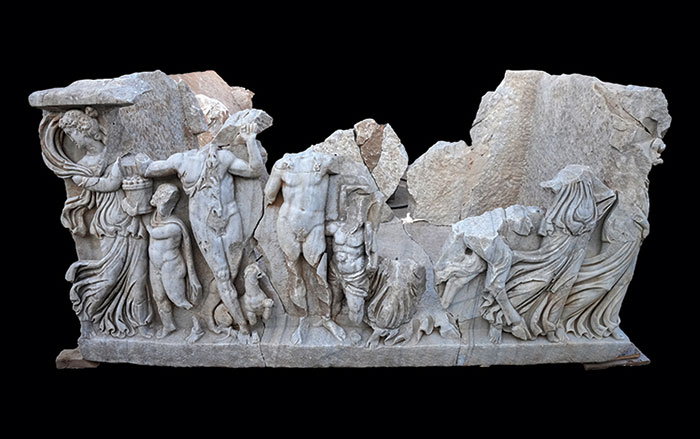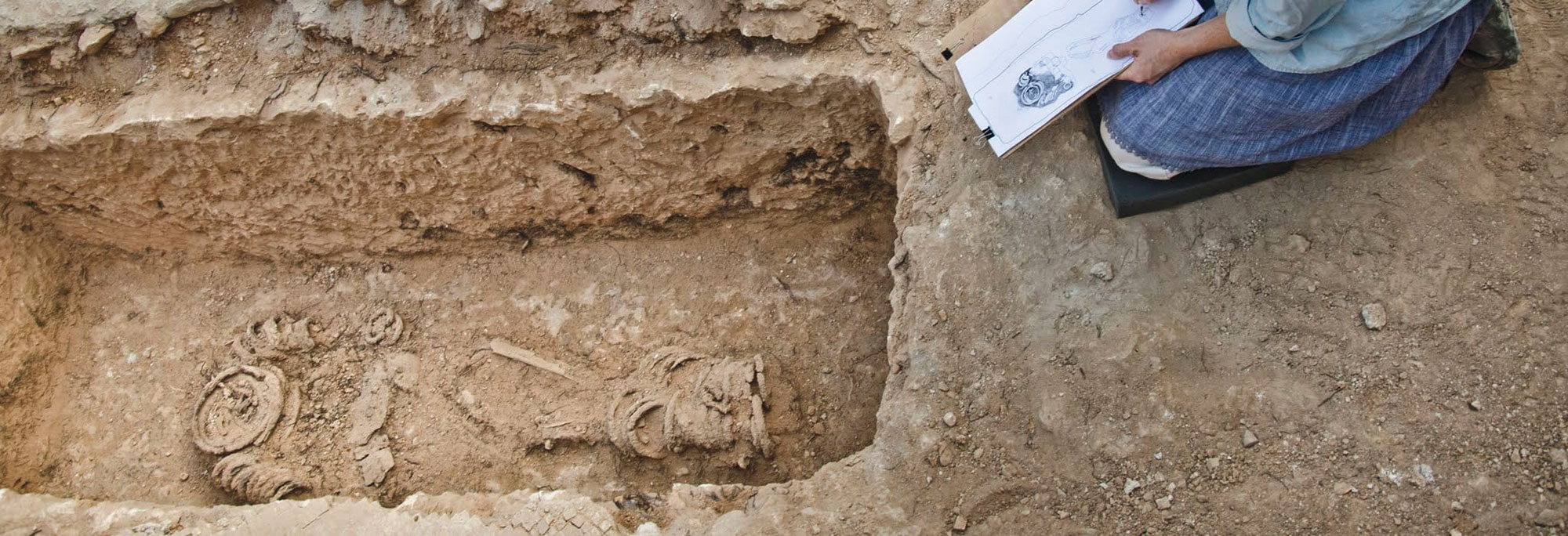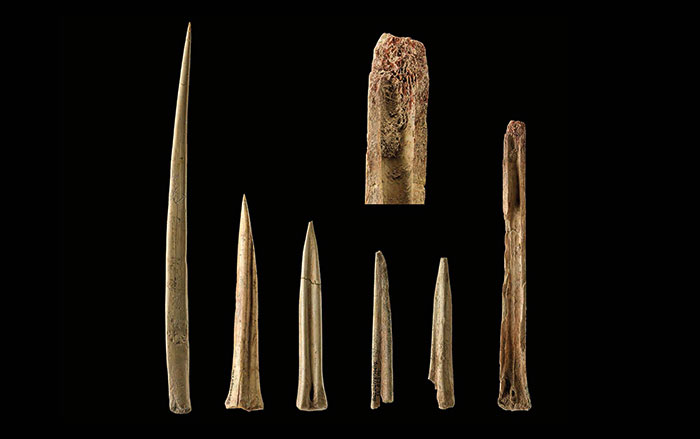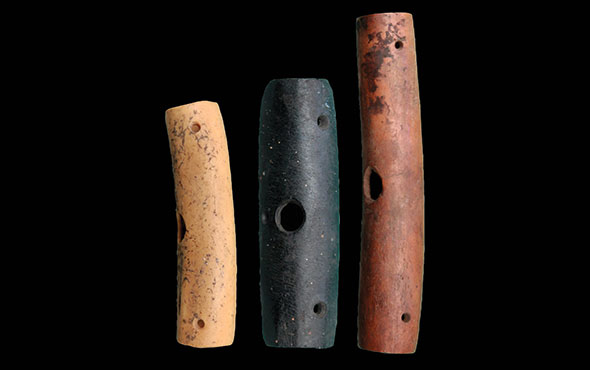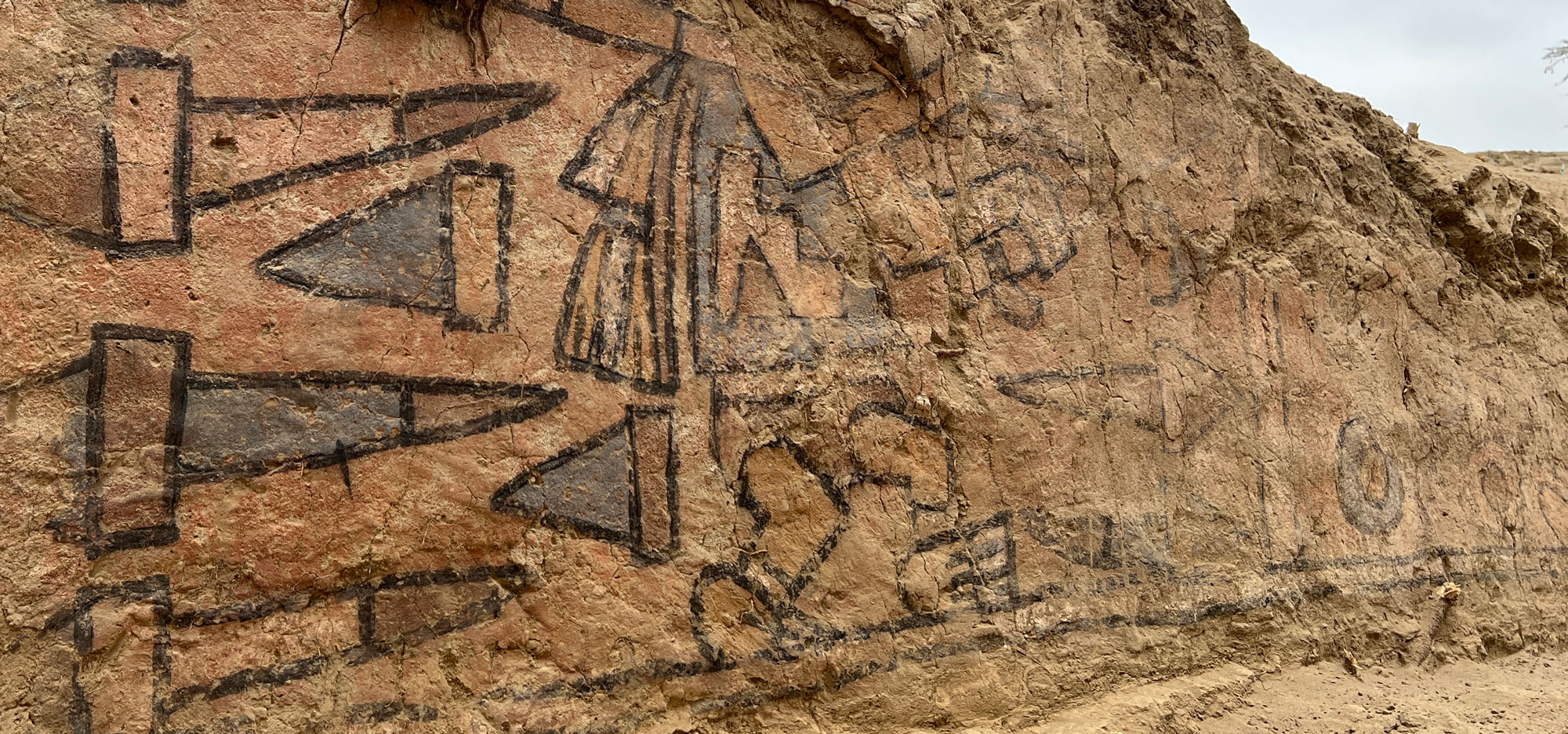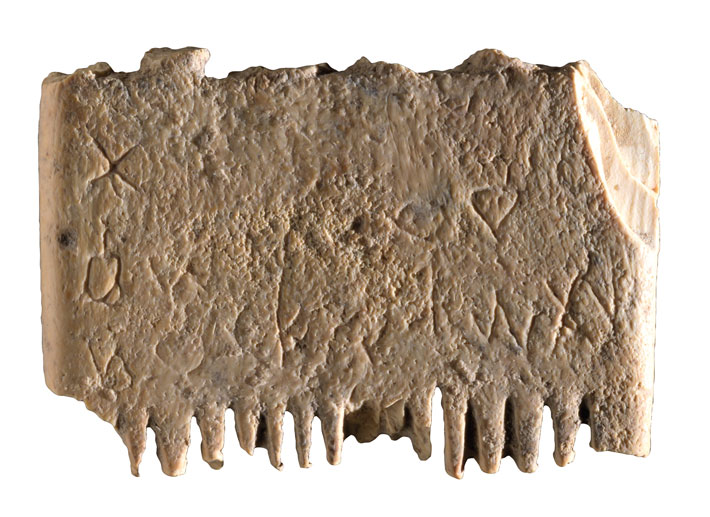
The earliest known full sentence to use an alphabetic script is inscribed on a small 3,700-year-old elephant-ivory comb that was unearthed in Israel. Although the comb was found in 2016 during excavations of the Canaanite city of Lachish, it was not until five years later that archaeologist Madeleine Mumcuoglu of the Hebrew University of Jerusalem noticed the 17 tiny characters, each measuring just 1/25 to 3/25 of an inch wide, faintly engraved on the comb’s surface. After translating the Canaanite script, epigraphist Daniel Vainstub of Ben-Gurion University of the Negev found that they spelled out a relatable appeal: “May this tusk root out the lice of the hair and the beard.”
The Canaanite script is a precursor to many modern alphabets. Some of its characters are recognizable in the Roman alphabet still in use today, according to Hebrew University of Jerusalem archaeologist Yosef Garfinkel, coleader of the Lachish excavations. These include qof, a monkey-inspired character consisting of two circles, one with a tail, that is an ancestor of the letter Q. The comb’s inscription is also evidence of the early alphabet’s use in everyday life, says Garfinkel. “It’s very personal.” And apparently at least partially successful, as lice remains were found on the teeth.




